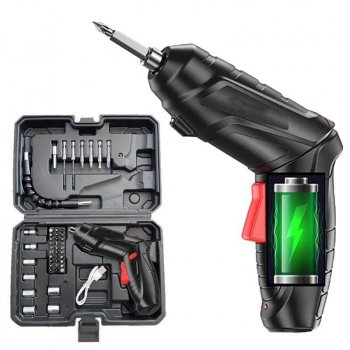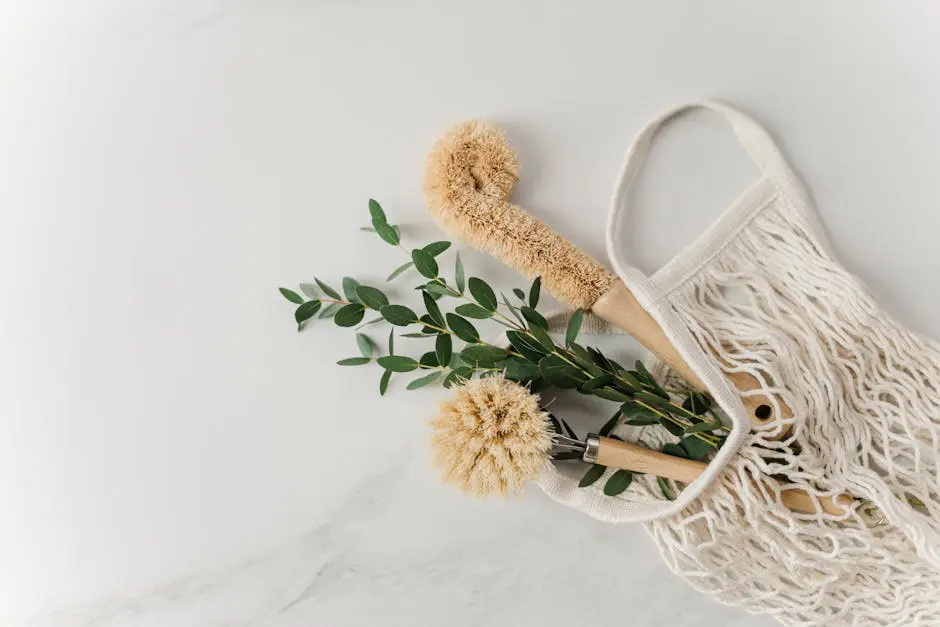How to Clean and Maintain Your Makeup Tools

Keeping your makeup tools clean and well-maintained is essential for a flawless application and skin health. In this blog, we’ll walk you through the steps to ensure your brushes, sponges, and other tools stay in top condition.
Why It’s Important to Clean Your Makeup Tools
Dirty makeup tools can harbor bacteria, leading to skin infections and breakouts. Regular cleaning prevents these issues and ensures better makeup application.
When you think about it, your makeup tools, especially brushes and sponges, come into frequent contact with your skin. This constant use can lead to the accumulation of old makeup residue, oils, dirt, and even dead skin cells. All these elements create a perfect breeding ground for bacteria, which in turn, can cause a myriad of skin problems, from minor irritations to severe infections. Moreover, dirty tools can affect the quality of your makeup application. The residue can cause makeup to apply unevenly, resulting in a less polished look.
In addition to hygiene and application issues, cleaning your makeup tools can also prolong their lifespan. Proper maintenance keeps the bristles of your brushes and the surfaces of your sponges in good condition, ensuring they stay effective for longer. An investment in good makeup tools should be accompanied by a commitment to maintaining them, as this will save you money in the long run.
How Often Should You Clean Your Tools?
Frequency is key. Brushes used for liquid products should be cleaned weekly, while those used for powders can be cleaned bi-weekly. Sponges and other tools may need more frequent cleaning.
Understanding how often to clean your tools is crucial for both the health of your skin and the longevity of the tools themselves. For instance, makeup brushes that are used to apply liquid or cream products, like foundation or concealer, should ideally be cleaned every week. These products tend to be heavier and can build up quickly, creating a breeding ground for bacteria. On the other hand, brushes used for powders, such as blush or eyeshadow, can be cleaned bi-weekly. However, if you notice any changes in the brush’s performance or if it looks visibly dirty, don’t hesitate to clean it sooner.
Makeup sponges, such as beauty blenders, are another story. These tools are incredibly absorbent, which means they can hold onto bacteria and product residue more readily than brushes. As a result, they should be cleaned after every use to maintain hygiene standards. Additionally, keeping a few sponges in rotation can make this task more manageable and ensure you always have a clean one on hand.
Step-by-Step Guide to Cleaning Makeup Brushes
- Wet the bristles with lukewarm water.
- Apply a gentle cleanser or baby shampoo.
- Swirl the brushes in your palm to lather.
- Rinse thoroughly until the water runs clear.
- Reshape the bristles and let them air dry.
First, you’ll need to thoroughly wet the bristles of your brush with lukewarm water. Avoid getting the handle or the metal part, known as the ferrule, wet as this can loosen the glue and shorten the brush’s lifespan. Next, apply a small amount of gentle cleanser, like baby shampoo or a dedicated makeup brush cleaner. According to Makeup to Go!, using products specifically designed for cleaning brushes can ensure that your tools are both cleaned and disinfected properly.
After applying the cleanser, gently swirl the bristles in the palm of your hand to create a lather. Be patient and work the cleanser through the bristles, especially if you haven’t cleaned the brushes for a while. Rinse the brush under running water, continuing to work through the bristles with your fingers until the water runs clear. It’s crucial to ensure you remove all the product and soap residue to prevent any buildup.
Once the brushes are thoroughly rinsed, gently squeeze out the excess water using a clean towel. Reshape the bristles while they’re still damp, and lay the brushes flat on a towel to air dry. Make sure the bristles are hanging off the edge of a counter to allow airflow on all sides; this helps to maintain their shape and prevents mildew from forming. It’s best to let them dry overnight, so they’re ready for use the next day.
How to Clean Makeup Sponges
Soak the sponge in warm soapy water, then squeeze and rinse repeatedly until clean. Alternatively, you can use a microwave method to sanitize thoroughly.
To clean your makeup sponges, start by preparing a bowl of warm soapy water using a gentle cleanser. Submerge the sponge and allow it to soak for a few minutes. The warm water will help to loosen the makeup and dirt trapped in the sponge. Once soaked, squeeze the sponge repeatedly to work the soapy water through and dislodge any remaining product. It may take a few cycles of squeezing and rinsing to get the sponge completely clean.
For a thorough clean, consider using the microwave method. Place your damp, soapy sponge in a microwave-safe bowl with enough water to fully submerge it. Microwave on high for about one minute. This method can help to kill bacteria and deeply cleanse the sponge. Be cautious when removing the bowl, as it will be hot. Let the sponge cool before giving it a final rinse under running water to remove any soap residue.
Quick Cleaning Methods for When You’re Short on Time
Use a quick-drying brush cleaner for a fast refresh. Spray the cleaner on a tissue or towel and swipe the brush back and forth to remove product build-up.
There are times when you may not have the luxury of a full deep clean for your makeup tools, but that doesn’t mean you have to compromise on hygiene. Quick-drying brush cleaners are a fantastic option for these situations. Simply spray the cleaner directly onto a tissue or a clean towel, and swipe your brushes back and forth until the product build-up is removed. This method is particularly useful for eye makeup brushes, which often require frequent switching between different colors.
Another method for a speedy clean is to use alcohol-based cleaning sprays. These sprays not only clean but also disinfect your brushes in a matter of seconds. Just spray the cleaner directly onto the bristles, then wipe the brush on a clean cloth. These quick cleansers are perfect for spot cleaning and can help maintain the brushes between more thorough washes.
Storing Your Tools Properly
Store brushes upright in a holder to maintain their shape. Keep sponges in a ventilated area to prevent mold and mildew. Ensure all tools are fully dry before storing.
Proper storage of your makeup tools is just as important as cleaning them. For your brushes, it’s best to store them upright in a holder. This helps to maintain their shape and prevents the bristles from getting bent or damaged. Avoid storing them in closed containers or drawers if they aren’t completely dry, as this can create a breeding ground for bacteria and mold.
Sponges, on the other hand, should be kept in a well-ventilated area. Ensure they’re fully dry before storing to avoid mildew. Using a dedicated sponge holder or a clean, breathable bag can be a good way to store these tools. Also, avoid storing your sponges in airtight containers, as the lack of airflow can lead to unpleasant odors and bacteria buildup.
If you’re working with limited space, consider investing in storage solutions specifically designed for makeup tools. There are numerous organizers and holders available that can help you keep everything in place and easy to access. Keeping your tools organized and properly stored will not only prolong their life but also streamline your makeup routine.
Wrapping Up Your Makeup Tool Routine
Regularly cleaning and maintaining your makeup tools not only prolongs their life but also ensures a hygienic makeup application. By following these tips, you’ll be able to enjoy your beauty routine without worrying about bacteria or compromised performance.
Comments
23cxl1
I’ve read a few just right stuff here. Certainly price bookmarking for revisiting. I wonder how much attempt you place to create any such magnificent informative web site.
huwqv1



















Leave a comment